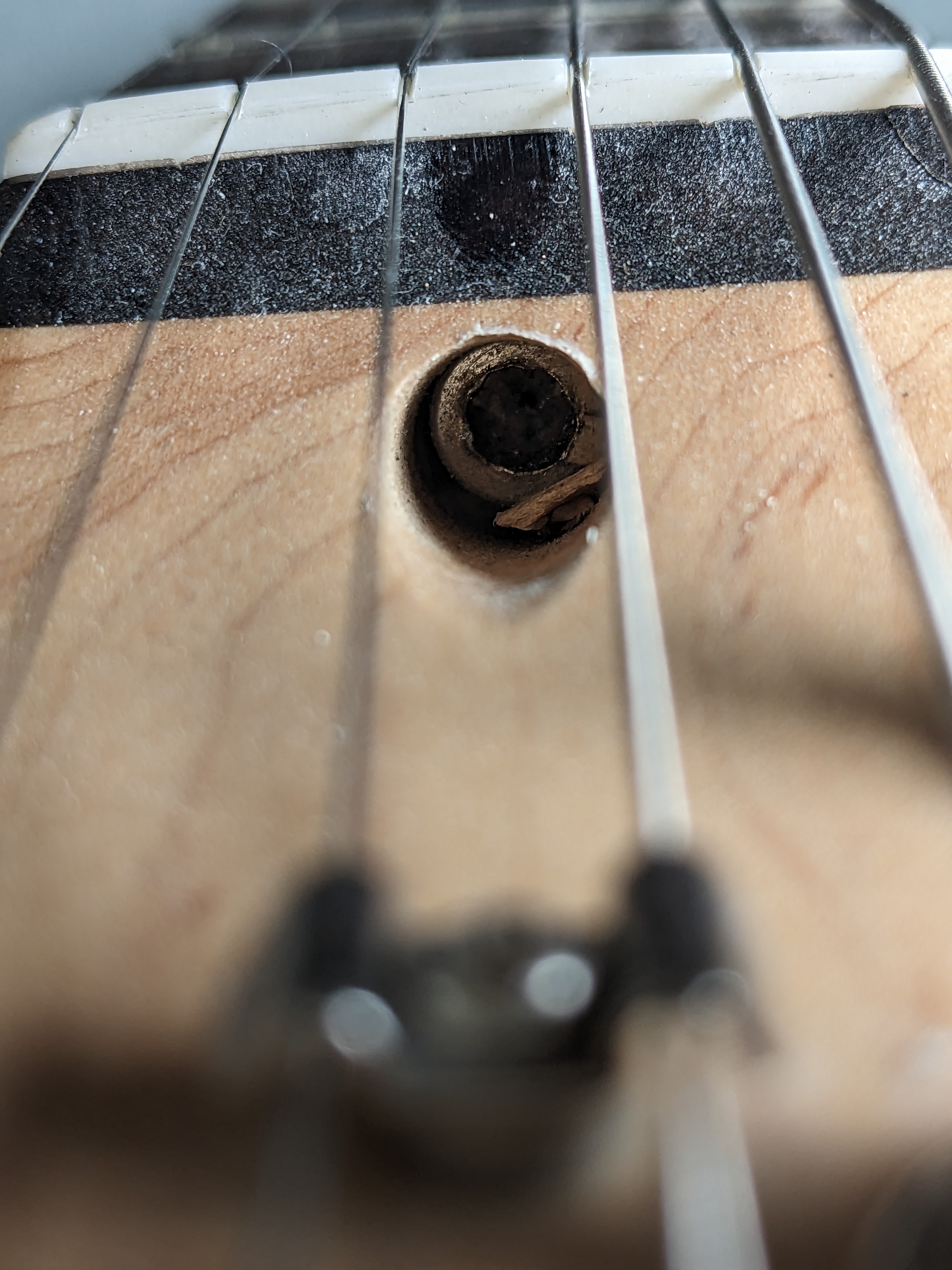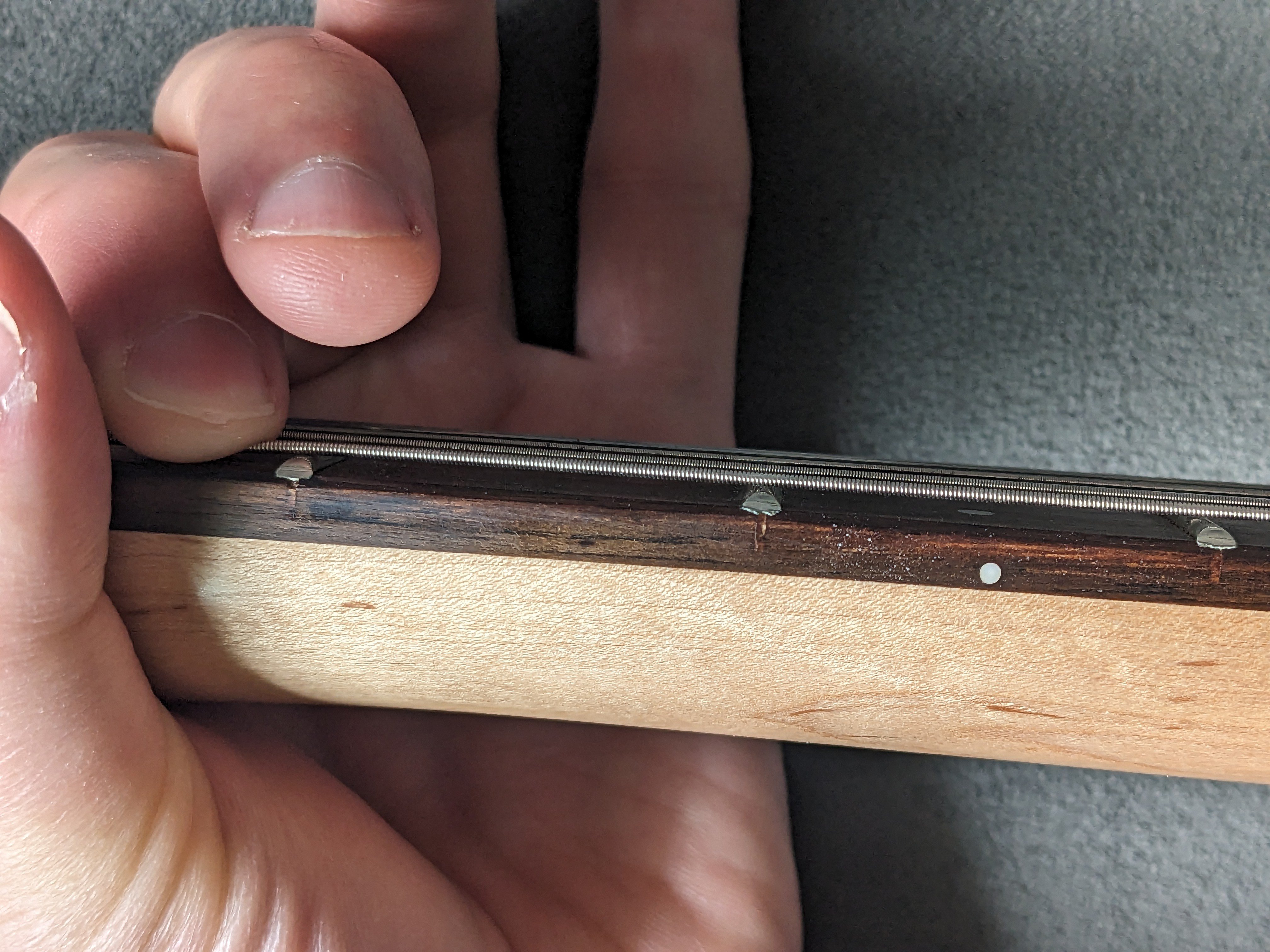Several things go into string setup and buzz
- truss rod
- fret leveling
- nut
- neck angle
- bridge height
If it's a new problem, truss rod is probably the most likely to have changed recently (wood moves), followed by fret wear.
If this guitar has always done this, it could be anything in its setup. Depending on how bad it is, it could even be intentional, the low strings are more likely to buzz and some folks are ok with it on an electric in order to get lower action on all the strings.
It's unlikely to be (only) your nut though - once you fret a string, the nut is removed from the equation, so it can't be the source of 2nd fret buzz (edit: any fretted buzz).
If you want to fully diagnose it rather than guess& check, you'd want a long straight-edge to check the neck straightness, a short straight-edge to check for unlevel frets (you can get a specially designed one called a fret rocker), and any small thing like a credit card to 'measure' your string action height at various frets.
Fixing the truss rod is a good repair to do anyway*, though. Hope this helps!

